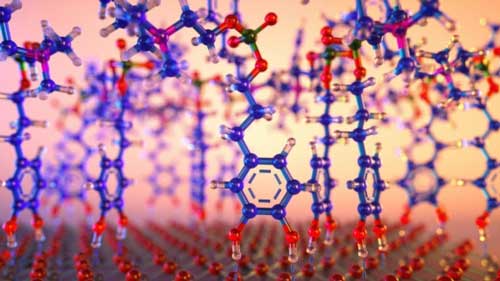Oct 18, 2016
Consciousness could be a side effect of ‘entropy’, say researchers
Posted by Bruno Henrique de Souza in category: neuroscience
It’s impressive enough that our human brains are made up of the same ‘star stuff’ that forms the Universe, but new research suggests that this might not be the only thing the two have in common.
Just like the Universe, our brains might be programmed to maximise disorder — similar to the principle of entropy — and our consciousness could simply be a side effect.
The quest to understand human consciousness — our ability to be aware of ourselves and our surroundings — has been going on for centuries. Although consciousness is a crucial part of being human, researchers still don’t truly understand where it comes from, and why we have it.
Continue reading “Consciousness could be a side effect of ‘entropy’, say researchers” »


















